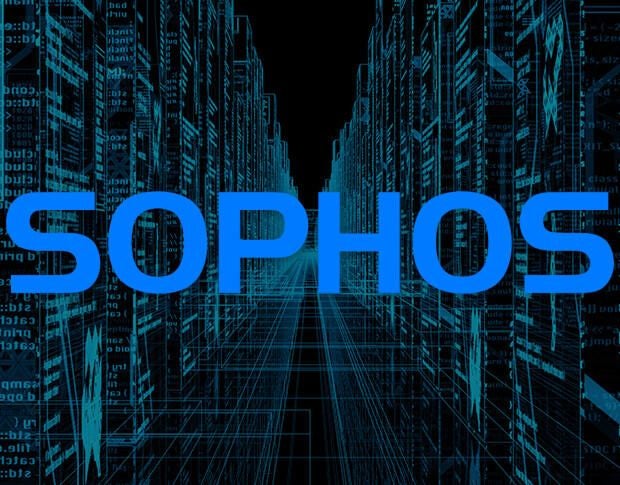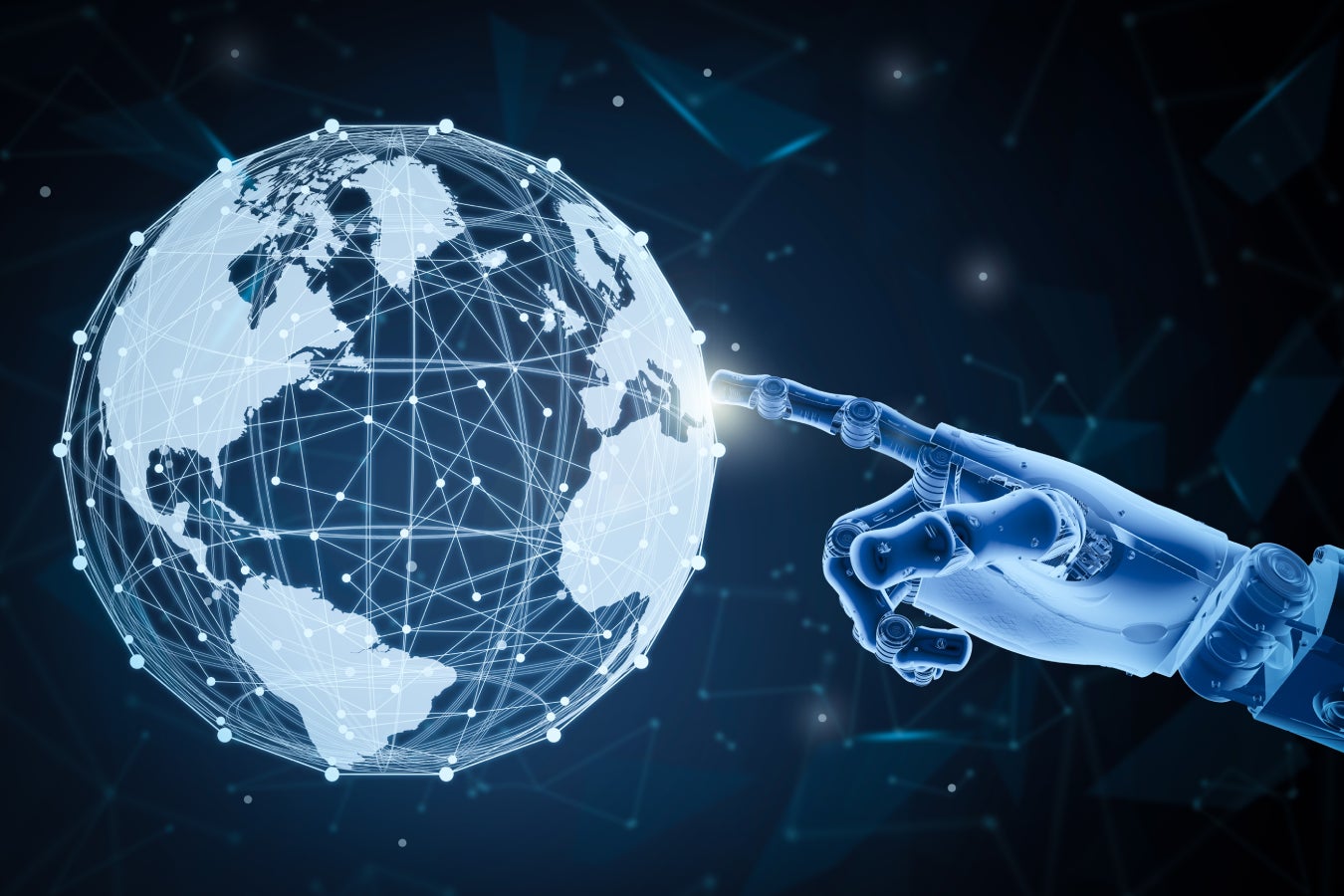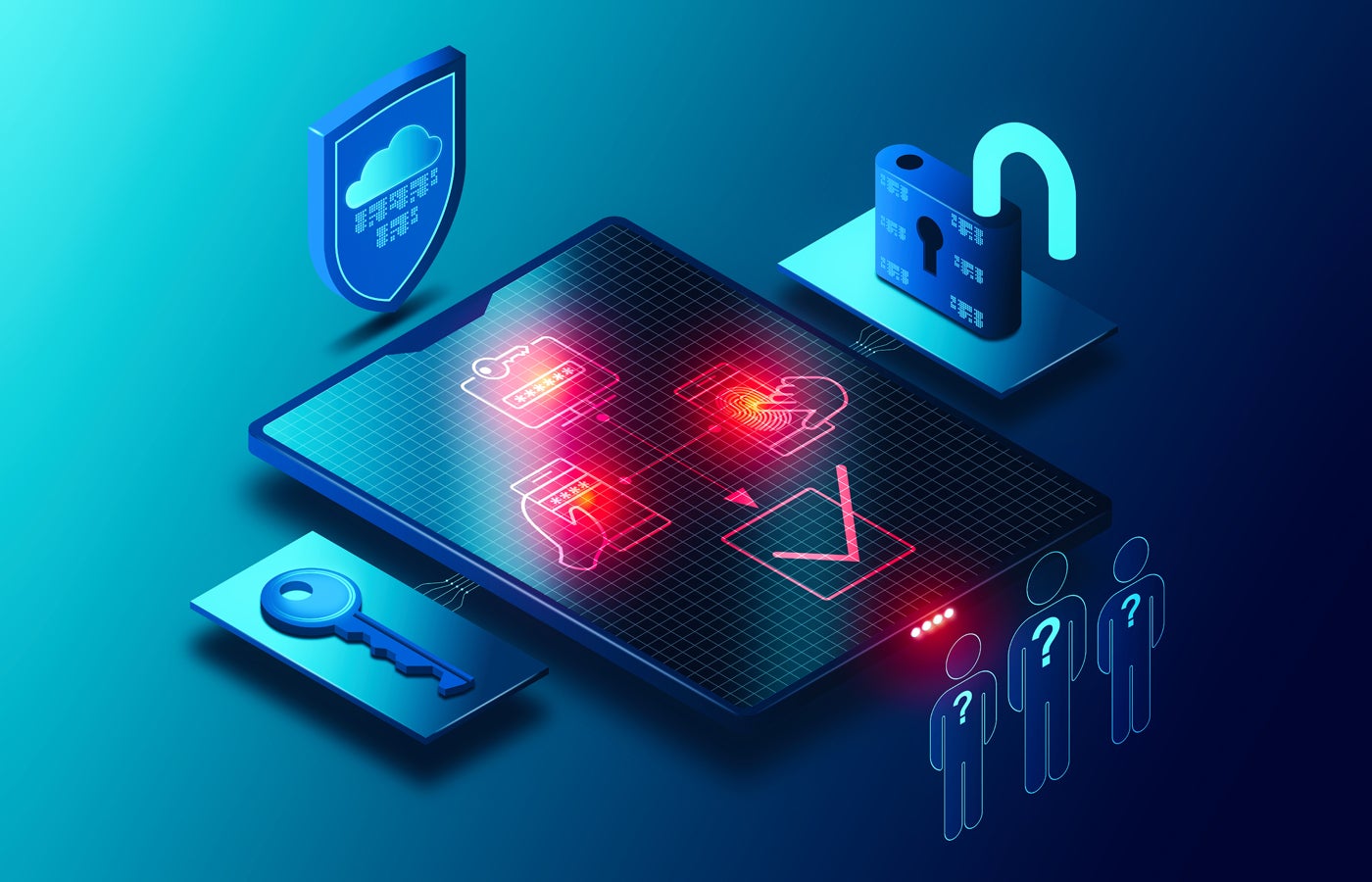COVID-19 accelerated digital transformation and analysts predict overall smart city investment will reach $203 billion globally by 2024.
The “IDC FutureScape: Worldwide Smart Cities and Communities 2021 Predictions” report reflects IDC’s vision for the 10 most important trends in smart city technology over the next six years.
Image: IDC
Growing IoT networks will make cities more vulnerable to ransomware attacks and new collaboration technologies will change how police officers work as smart city technology expands, according to a new report.
The “IDC FutureScape: Worldwide Smart Cities and Communities 2021 Predictions” report reflects IDC’s vision for the 10 most important trends in smart city technology over the next six years. The analysts predict that smart city investment by cities and communities, utilities, telecommunications providers, and specialty vendors will reach $203 billion globally by 2024.
Ruthbea Yesner, vice president, government insights, education, and smart cities and communities at IDC, said in a press release that local and regional governments rapidly adopted new policies and practices in response to the coronavirus pandemic in ways she hadn’t seen before.
“This accelerated digital transformation must continue with an updated strategic technology investment road map and associated policies and cultural changes,” she sad.
The predictions are:
- 20% of deployed local government devices will be compromised by malware and ransomware attacks in 2021 due to IoT ecosystem vulnerabilities.
- 45% of communities will shift to a hybrid workforce using cloud-based applications, digital collaboration tools, and mobile technologies by 2021.
- 40% of cities will use digital space planning tools, such as digital twins, to speed socioeconomic recovery from COVID-19 and ensure the safe movement of people, goods, and services by 2022.
- 40% of police agencies will use digital tools, such as live video streaming and shared workflows, to support community safety and alternative response framework approaches to policing by 2022.
- 20% of midsize smart cities will appoint a dedicated staff lead to drive innovation and digital transformation by 2023.
- As a result of COVID-19, transit service and revenue pressures 40% of cities with 500,000+ residents will adopt technologies and platforms to increase private transportation solutions by 2023.
- Spending by smart cities and communities will be $203 billion by 2024.
- 75% of cities will provide interventions in the market to end the digital divide by 2025.
- 30% of cities will use automation, IoT, AI, and digital twins to blend the physical and digital and improve the remote management of critical infrastructure and digital services by 2025.
- 20% of city products and services will be delivered using high-touch digital and hybrid digital/physical experiences by 2026.
IDC lists these top 9 use cases for smart city technology in terms of market size:
- Smart grids
- Fixed visual surveillance
- Advanced public transit
- Intelligent traffic management
- Connected back office
- Smart City platforms
- Smart stadiums and campuses
- Digital evidence management (in public safety)
- Mobile video capture and recording (in public safety)
Here is a look at a few of the predictions that cover many of these use cases.
Cybersecurity and IoT installations
Cities are using IoT sensors for environmental sensing, traffic monitoring, video surveillance, streetlight and infrastructure controls, and regulation of grid and water networks. IDC anticipates that bad actors will target these networks with ransomware attacks in 2021. The report authors recommend that local governments use artificial intelligence and machine learning capabilities for security, orchestration, automation, and response (SOAR) to lower the risk of these attacks and to develop resilient plans to respond when they happen.
City leaders also should “hire people who can work at the intersection of cybersecurity and AI/ML techniques and design IoT ecosystems to take advantage of secure networking and IT infrastructure.”
New ways of policing
Over the next few years, new workflows will shift core police response technology away from a focus on violent crime, which makes up only 10%-20% of calls that come in to police stations, according to the report. IDC predicts that cities and police departments will adopt technology to appropriately manage 80% of their caseload—lower-level crime and high-touch individuals struggling with mental health, addiction, juvenile delinquency, homelessness, and other social issues.
IDC predicts that these changes will support that shift:
- Cities will need to create a baseline understanding of existing remote and virtualized options that could be used in emergency response, including the networking capabilities required to deliver in urban, rural, and remote locations.
- IT will begin work with a new set of community partners that includes community safety stakeholders and privacy practitioners to ensure that this is being done efficiently and effectively.
- Core operational technology and workflow will be altered so that there is the right “off-ramp” to the appropriate health and human service agency for intervention. This will require working with the vendor community to structurally revamp IT and business processes across multiple jurisdictions.While this will require observing privacy constraints, successful implementations in Australia and Scotland demonstrate that this is possible.
Microtransit will replace public transit
Cities around the world lost billions in public transit revenue due to pandemic shutdowns. ICD predicts that this will force cities to rethink public transportation and turn to private solutions. This includes working with mobility-as-a-service providers, ride hailing companies, car-sharing services, and bike and scooter companies. The other half of the equation is changing routes to “be more self-contained/neighborhood centric while reducing scheduled routes to connect more distant neighborhoods,” according to the report. This more agile system will use an “in- neighborhood hub-to-spoke” model with longer-reach public transportation solutions focused on hub-to-hub trips to reach rural areas near cities. IDC analysts predict that planning discussions may shift away from “last mile” issues to the longest mile, a significant change from the “current one-size-fits-all approach often deployed today in public transportation.”
Expanding broadband access
IDC predicts that the time has finally come for high-speed connectivity to move from market opportunity to public utility. As IDC noted in the report, London and New York have already taken steps to make it easier for more people to access high-speed internet connections. Analysts predict that tech companies may join this effort as well and take these steps:
- Repurposing of unused TV Whitespace (TVWS) spectrum to provide internet connectivity, which has been used successfully in Africa and Asia.
- Leveraging a mobile network operator’s faster, more reliable 5G networks to provide in-home broadband, where their wired footprint could not support.
- Deploying new hardware including low Earth orbit satellites (e.g., SpaceX’s Starlink service) and even stratospheric balloons (e.g., Alphabet’s Project Loon) to provide lower-latency, cost- effective solutions to underserved geographies and communities.





